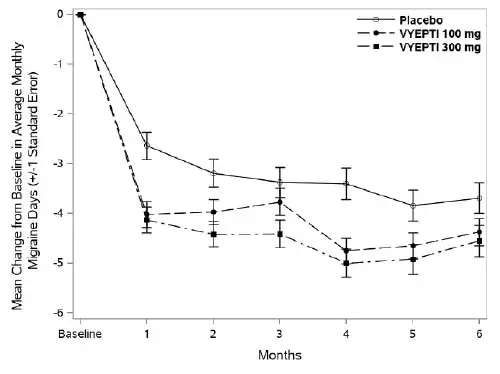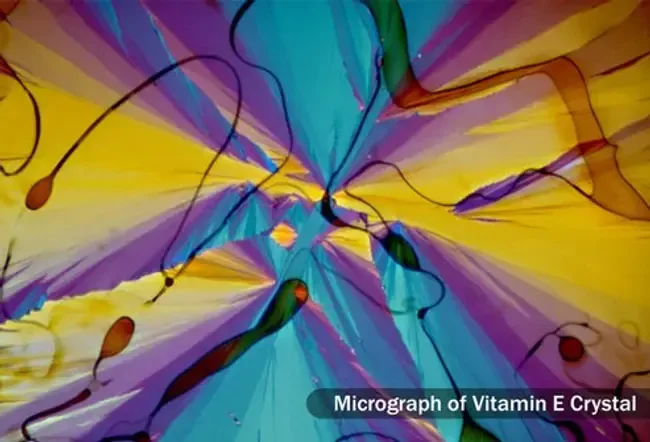Muscle Cramps: Foods That Help and Prevent Cramping
The Information On The Site Is Not Medical Advice. We Do Not Sell Anything. The Accuracy Of The Translation Is Not Guaranteed. Disclaimer
Eat to Beat Them

Muscle cramps happen when your muscles tense up and you can't relax them. While painful usually you can treat them yourself. Exercise dehydration and menstruation are common causes. One way to stop cramps is to stretch or massage your muscles and to eat enough of these key nutrients: potassium sodium calcium and magnesium. They're called electrolytes and you can find them in the following foods.
Bananas: A Time-Tested Treatment

You probably know that bananas are a good source of potassium. But they'll also give you magnesium and calcium. That's three out of four nutrients you need to ease muscle cramps tucked under that yellow peel. No wonder bananas are a popular quick choice for cramp relief.
Sweet Relief From Sweet Potatoes

Like bananas sweet potatoes give you potassium calcium and magnesium. Sweet potatoes get the win because they have about six times as much calcium as bananas. And it's not just sweet potatoes: Regular potatoes and even pumpkins are good sources of all three nutrients. Plus potatoes and pumpkins naturally have a lot of water in them so they can help keep you hydrated too.
The Avocado: A Potassium Powerhouse

One creamy green berry (yes it's really a berry!) has about 975 milligrams of potassium twice as much as a sweet potato or banana. Potassium is important because it helps your muscles work and keeps your heart healthy. So swap out mayo on a sandwich with mashed avocado or slice one onto your salad to help keep muscle cramps away. They have a lot of fat and calories so keep that in mind.
Beans and Lentils

Legumes like beans and lentils are packed with magnesium. One cup of cooked lentils has about 71 milligrams of magnesium and a cup of cooked black beans has almost double that with 120 milligrams. Plus they're high in fiber and studies show that high-fiber foods can help ease menstrual cramps as well as help control your blood sugar and lower levels of 'bad' LDL cholesterol.
Melons Are the Total Package

These fruits have it all: loads of potassium a good amount of magnesium and calcium a little sodium and a lot of water. Sodium and water are key because as you exercise your body flushes sodium out with your sweat. If you lose too much water you'll get dehydrated and muscle cramps may happen. Eating a cup of cubed cantaloupe after a workout can help.
Watermelon for Hydration

They're about 90% water so when you need foods that hydrate a cup of watermelon will do it. Since it's a melon it's also high in potassium but not quite as high as others.
Milk

It's a natural source of electrolytes like calcium potassium and sodium. It's good for hydration. And it's packed with protein which helps repair muscle tissue after workouts. All of the above can help protect against muscle cramps.
Pickle Juice

Some athletes swear by pickle juice as a fast way to stop a muscle cramp. They believe it's effective because of the high water and sodium content. But that might not be the case. While pickle juice may help relieve muscle cramps quickly it isn't because you're dehydrated or low on sodium. It is more likely because the pickle juice sets off a reaction in your nervous system that stops the cramp according to recent research.
Dark Leafy Greens

They're rich in calcium and magnesium. So adding kale spinach or broccoli to your plate may help prevent muscle cramps. Eating leafy greens also may help with menstruation cramps as studies show eating foods high in calcium can help relieve pain from periods.
Orange Juice

One cup of refreshing OJ has plenty of water for hydration. It's also a potassium star with nearly 500 milligrams per cup. Orange juice has 27 milligrams of calcium and magnesium. Choose a calcium-fortified brand for an extra boost.
Snack Smart With Nuts and Seeds

Like beans and lentils nuts and seeds are a great source of magnesium. For example 1 ounce of toasted sunflower seeds has about 37 milligrams of magnesium. And 1 ounce of roasted salted almonds has double that. Many types of nuts and seeds have calcium and magnesium as well.
Salmon for Circulation

Sometimes muscle cramps are the result of poor blood flow. Eating oily fish like salmon can help improve it. Plus a 3-ounce portion of cooked salmon has about 326 milligrams of potassium and 52 milligrams of sodium to help with muscle cramps. Not a salmon fan? You also could try trout or sardines.
Tap Into Tomatoes Juice and All

Tomatoes are high in potassium and water content. So if you gulp down 1 cup of tomato juice you'll get about 15% of your daily value of potassium. You'll also give your body hydration to prevent muscle cramps from starting.
Drink Water for Max Hydration

Generally women need about 11.5 cups of water a day and men 15.5 cups. But this doesn't mean you should chug water. The water you get from other beverages plus fruits and vegetables counts too. Before you reach for a sports drink know this: You only need these sugary electrolyte beverages if you're doing high-intensity exercise for an hour or more. For electrolytes without the sugar drink coconut water instead.
Muscle Cramps: Foods That Help and Prevent Cramping
Sources: 
IMAGES PROVIDED BY:
- Getty
- Thinkstock
- Thinkstock
- Thinkstock
- Thinkstock
- Thinkstock
- Thinkstock
- Thinkstock
- Thinkstock
- Thinkstock
- Thinkstock
- Thinkstock
- Thinkstock
- Thinkstock
- Thinkstock
REFERENCES:
- Mayo Clinic: 'Muscle cramp' 'Water: How Much Should You Drink Every Day?'
- Physicians Committee for Responsible Medicine: 'Using Foods Against Menstrual Pain.'
- Cleveland Clinic: 'Don't Let Foot Cramps and Charley Horses Slow You Down.'
- Cedars-Sinai Medical Center: 'Magnesium Rich Foods.'
- Columbia University: 'Foods that minimize menstrual cramps?'
- The Cooper Institute: 'Does Pickle Juice Relieve Muscle Cramps?'
- American Heart Association: 'Hyperkalemia (High Potassium).'
- European Journal of Clinical Nutrition : 'Associations of Menstrual Pain with Intakes of Soy Fat and Dietary Fiber in Japanese Women.'
- Medicine and Science in Sports and Exercise : ' Reflex Inhibition of Electrically Induced Muscle Cramps in Hypohydrated Humans.'
- National Institutes of Health Office of Dietary Supplements: 'Magnesium.'
- U.S. Department of Agriculture: 'Basic Report: 09040 Bananas Raw' 'Basic Report: 11507 Sweet Potato Raw Unprepared' 'Full Report (All Nutrients): 11353 Potatoes Russet Flesh and Skin Raw' 'Basic Report: 11422 Pumpkin Raw' 'Basic Report: 09037 Avocados Raw All Commercial Varieties' 'Basic Report: 16070 Lentils Mature Seeds Cooked Boiled Without Salt' 'Basic Report: 16015 Beans Black Mature Seeds Cooked Boiled Without Salt' 'Basic Report: 09181 Melons Cantaloupe Raw' 'Basic Report: 09326 Watermelon Raw' 'Basic Report: 01079 Milk Reduced Fat Fluid 2% Milkfat with Added Vitamin A and Vitamin D' 'Basic Report: 11457 Spinach Raw' 'Basic Report: 11233 Kale Raw' 'Basic Report: 09206 Orange Juice Raw' 'Basic Report: 12539 Seeds Sunflower Seed Kernels Toasted with Salt Added' 'Basic Report: 12563 Nuts Almonds Dry Roasted with Salt Added' 'Basic Report: 15237 Fish Salmon Atlantic Farmed Cooked Dry Heat' 'Basic Report: 11886 Tomato Juice Canned Without Salt Added.'
- Academy of Nutrition and Dietetics: 'Hydrate Right During Physical Activity' 'Coconut Water: Is It What It's Cracked Up to Be?' 'Kidney Disease: High- and Moderate-Potassium Foods' '4 Keys to Strength Building and Muscle Mass.'
This tool does not provide medical advice. See additional information: 
THIS TOOL DOES NOT PROVIDE MEDICAL ADVICE. It is intended for general informational purposes only and does not address individual circumstances. It is not a substitute for professional medical advice diagnosis or treatment and should not be relied on to make decisions about your health. Never ignore professional medical advice in seeking treatment because of something you have read on the Site. If you think you may have a medical emergency immediately call your doctor or dial 911.
© 1996-2025 WebMD LLC . All rights reserved.
Source slideshow on WebMD












